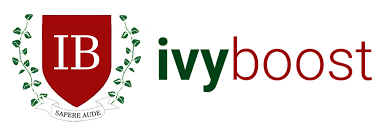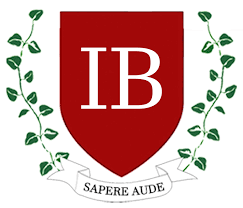What is the New Digital SAT?
by Tony T.
If you are a current sophomore student in high school, you will experience the SAT revolution soon.
The College Board has recently released information detailing the SAT’s transition to a fully digital test by 2024. The new digital SAT represents a quantum leap from the traditional SAT evaluation system, justifying the drastic changes in its format, length, pattern, and interface.
In the U.S., the PSAT will change to a digital format in October 2023, with the SAT following in March 2024.
The digital SAT exam will be conducted on laptop or iPad and it is computer adaptive, which changes the level of question difficulty for subsequent questions based on a student’s performance. Essentially put, students will each get an SAT that is customized to their performance. The better they do on the first section, the harder the questions they’ll get for the second—but also the more points each one will be worth. This is not new to the test industry. ETS (Educational Testing Service) used this computer adaptive method in its GRE and GMAT tests 20 years ago.
The digital SAT Suite assessments are substantially shorter than their paper and pencil predecessors—lasting 2 hours and 14 minutes instead of 3 hours.
The digital test will feature shorter reading passages with one question tied to each, and passages will reflect a wider range of topics that represent the works students read in college. The digital assessments have a single Reading and Writing section instead of separate Reading and Writing and Language Tests. This shift will measure English language arts and content area literacy knowledge and skills more efficiently. The digital SAT Reading and Writing section will feature many shorter passages instead of a few long texts. The digital SAT Reading and Writing section has 54 questions with 64 minutes, compared to the paper version with 96 questions with 100 minutes.
The digital SAT math section is 10 minutes shorter than its paper counterpart, streamlined from 80 minutes to 70. The new math section has 14 fewer questions than paper, totaling 44 questions: 33 multiple choice and 11 student-produced response questions.
In the US, students in the high school class of 2025 will be the first class to take the digital PSAT and SAT. The tests will be proctored in those authorized test centers and high schools as before.
IvyBoost’s college planning program advises students from 8th grade on their academics, testing, extra-curricular and other tasks and can plan your strategy and test prep toward college admissions.


